By Sister Mary Jo Curtsinger
A few weeks ago, I was gearing up to speak with some young adults about racism and white privilege in the United States. I decided to do an inspection on myself, particularly of what shows and movies I had recorded on my DVR in recent months, to see how many featured stories of people of color. I’ll admit, there were not as many as I would have liked. But I set out to watch those I had saved, to see what I would see.

First, I re-watched the film Harriet from 2019 with Cynthia Erivo in the role of abolitionist Harriet Tubman, who led some 70 slaves to freedom in thirteen terror-fraught missions from antebellum America. It occurred to me that Harriet Tubman was a living icon of love of God and neighbor without distinction.

As I watched the frightful scenes in which slave owners were in angry-hot pursuit of those chasing freedom, I was reminded that this ancestral raw fear continues to be experienced by many Black Americans in the form of intergenerational or inherited trauma, as well as in the aggressions, both micro and macro, that they experience today. The story of my latest Uber driver, William, came to mind. He told me how he had given up delivering Amazon packages partly out of the stress in approaching white homeowners. Despite seeing his Amazon-emblazoned van and uniform, white people repeatedly reacted defensively and even aggressively to his approach by speaking rudely, darting back behind their closed doors, and even siccing their dogs on him.
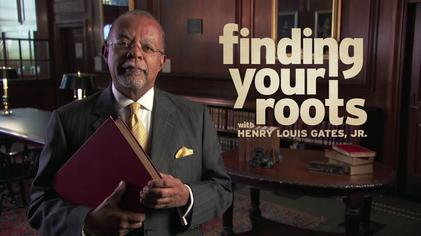
Another night, I watched an episode of Finding Your Roots on PBS with Harvard historian Dr. Henry Louis Gates, Jr. In each episode, celebrities learn more about their ancestral histories, sometimes learning of unknown connections, discovering secrets, or debunking long held beliefs about their families’ past. In this episode, all three of the interviewees were Black; author Ta-Nehisi Coates, who wrote Between the World and Me, a book which talks about the state of racism in our country; Janet Mock, who is a writer, director, television host, and transgender rights activist; and filmmaker Ava DuVernay.
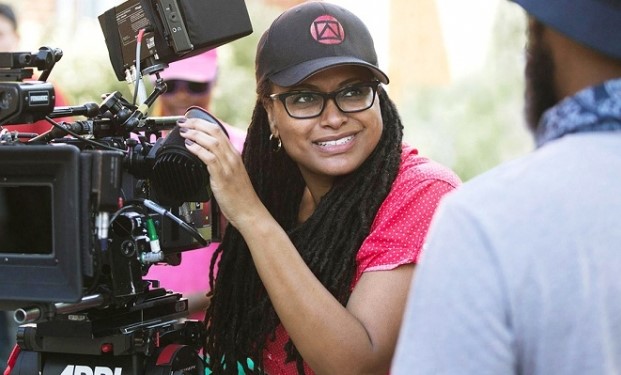 Filmmaker Ava DuVernay
Filmmaker Ava DuVernay
The stories of the three of them were fascinating, but of most interest to me was Ava DuVernay. I felt the sobering tension when Dr. Gates revealed to her that one of her great-grandfathers was a white slaveowner in Haiti. And I rejoiced with here when she learned that her genetic makeup was a majority African. She herself has made history as the first African American woman to win Best Director at the Sundance Film Festival for her film Middle of Nowhere and nominated for a Best Picture Oscar for Selma.

If you’ve ever questioned that U.S. incarceration of people of color is reflective of systemic racism, you should also watch her documentary 13th. Ava has said that she has found success in part because of her mother’s advice to “say something through the arts.” Has she ever done that! For me, Ava’s collaborative “saying something” is an example of the Congregation of St. Joseph’s promise to network with others across the world to bring about a shift in the global culture from institutionalized power and privilege to a culture of inclusivity and mutuality.
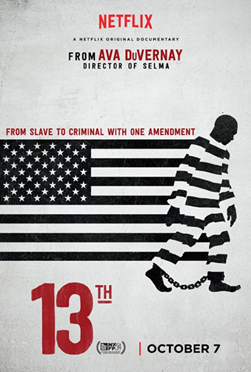
Third, I watched an episode of American Experience, a history series on PBS, featuring singer Marian Anderson (1897-1993), “the world’s greatest contralto.” Denied concerts because she was Black, Anderson toured Europe with great acclaim in the 1930s. In 1939, she attempted to rent Constitution Hall in Washington D.C., but was thwarted by the proprietary Daughters of the American Revolution. First Lady Eleanor Roosevelt helped convert that snub to a triumph: on Easter Sunday 1939 Marian Anderson roused a mixed audience of 75,000 in front of the Lincoln Memorial! (It was no mere coincidence that Dr. King chose the same backdrop in 1963 for the “I have a Dream” speech.)
 Singer Marian Anderson
Singer Marian Anderson
But here’s my favorite story: Marian Anderson was being pressured by activists to resist racial injustice by refusing to perform to segregated audiences. She chose to resist in another way. Anderson walked onto the stage of a packed concert hall, poised and elegant. She paused, turned slightly toward the white audience on her right, and gave them a respectful nod. Then she turned toward the Black audience to her left, and slowly, slowly lowered herself to them in a profound bow. Marian Anderson used her embodied voice in commitment to what we try to do through our work, exercising our credibility and moral authority by standing in solidarity with Earth and all who are oppressed and marginalized.
I love learning and praying through the arts. It doesn’t always involve such serious content of course. But I think that if I always set aside stories such as these because they’re “upsetting,” I’m invoking my white privilege. Awareness is key: what am I watching and why. Since I have lived in predominantly white contexts most of my life, I believe that it’s important to intentionally choose the art of and stories of people of color. I hope that the self-awareness, and the awareness of others, it brings is transformative unto a more just living.

So, what have you been watching? Have you been paying attention to who is making your media, and what writer, actors, and filmmakers are coming across your screen? I challenge you, as I do myself, to keep that in mind in the coming weeks. What you find may challenge you and even be uncomfortable at times to watch, but it will also broaden your mind and worldview.
About the Author
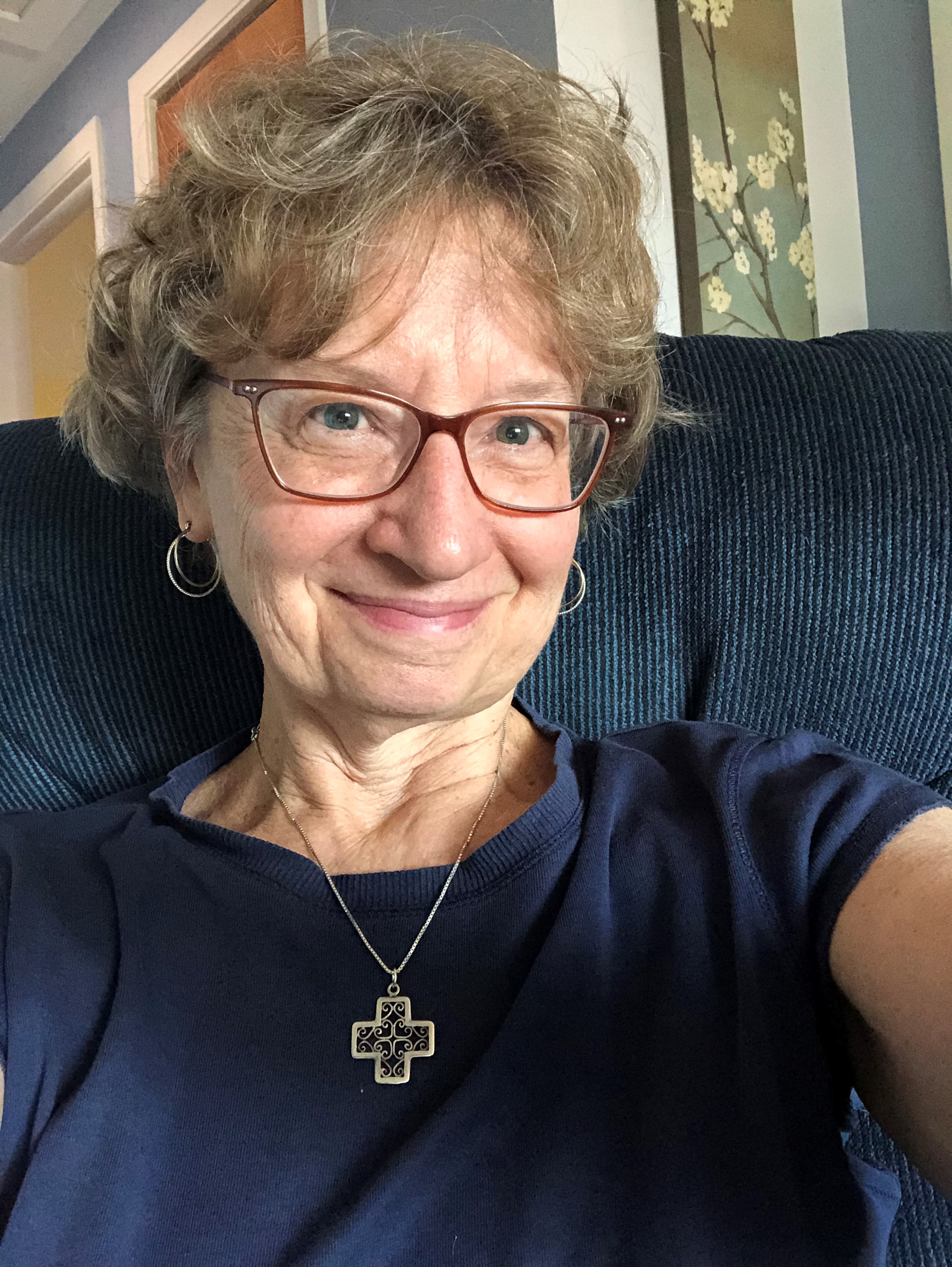 Sister Mary Jo Curtsinger, CSJ, D.Min., completed her doctoral thesis-project at Catholic Theological Union (2018), entitled Truly Sisters: Catholic and Muslim Women Walking in Solidarity on the Path to Interfaith Leadership. She is also a member of the Congregation of St. Joseph Antiracism Committee.
Sister Mary Jo Curtsinger, CSJ, D.Min., completed her doctoral thesis-project at Catholic Theological Union (2018), entitled Truly Sisters: Catholic and Muslim Women Walking in Solidarity on the Path to Interfaith Leadership. She is also a member of the Congregation of St. Joseph Antiracism Committee.

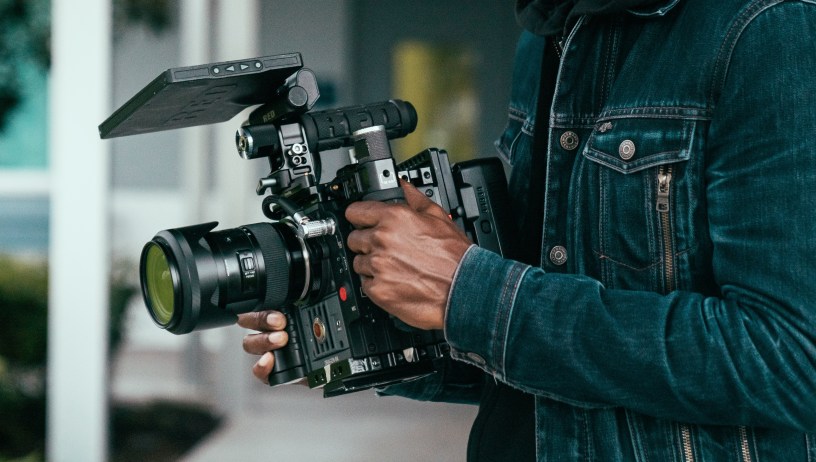
You have caused me to look at what so watch. Thank you for this insightful opportunity, Mary Jo.
LikeLike
Thank you for reading, Kathy!
LikeLike
Right on Mary Jo! people who get involved with Just Faith get a ‘ton’ of videos, documentaries etc. that I never realized were produced and available. Your selections here are terrific! Thank You!
LikeLike
I, too, love to learn through the use of media, but I have not been so intentional about it (like you have been) except when someone else organized it through a workshop or a class, or I organized it for a presentation I gave for others. Thanks for the challenge.
LikeLike
Thanks Maria!
LikeLike
Thanks for the challenge of really looking at my video choices. As a church musician I am a little more aware of the African American influence on our contemporary hymns and songs (via popular music, but especially jazz.) However, finding a balance can be challenging especially when significant funds have been dedicated to purchasing and maintaining a pipe organ.
LikeLike
Thank you for your thoughts, Francine, and the good work you’re doing in awareness as a church musician!
LikeLike
Great insights Mary Jo! I love to pray through the arts too! It touches deeply areas in us, beyond words!
Thank you for affirming the challenge and movie ideas! Well done “Sista”!
LikeLike
Thank you, Ily!
LikeLike
Mary Jo, great blog! I so appreciate the time ,energy and work you put into it. It
makes me want to do more
Looking for good films that
can teach me about systemic
Racism! This was a big help!
LikeLike
Thanks so much, Mary Jo, for your wonderful insight to films. I’ll be on the lookout for more.
LikeLike
Loved your blog Mary Jo–I have been taking more notice the past couple of years of the diversity of TV programs and films. Love “Finding Your Roots”, and am going to miss All Rise which was sadly cancelled after only 2 years. THANKS!!!
LikeLike
Back in the early 60’s I had my first teaching job in Detroit— I would pick up a black woman who we also a teacher at the Balch Elementary … she lived on my route to school. I was white and Cornelle was an older lovely black teacher. I have always remembered that one day she asked me about what knowledge I had about any black leaders…I knew of Martin Luther King Jr. but really not much at all the others! I remember her mentioning that her husband had been a Tuskegee airman.
You have renewed my interest in finding out more about black leaders who have contributed greatly to our society. I am going to try to spend spend some time doing that and encourage others to do the same! – I am in my early 80’s now! Long over do !!!
I do want to know more!!! I have always been ‘interested’ and loved the children that I had in my class—but have not taken the time to really know more about the contributions of black people to this country!!
I loved teaching in Detroit where I was born and raised and I still have a love for the city and the people who live there!!
I remember fondly Cornelle O. and many other dedicated fine teachers and the secretary Lilian H., special ed teacher Mildred C. I have not forgotten them over the years nor the students I had –! I have prayed for them over the years and hoped they had good lives! I only taught there for 4 years before marrying and raising a family!
I hope I can spread some good will and encourage them to read and watch
videos or movies that enlighten them on this subject. Maybe it will make a difference amongst some of my friends and my own family, too! Thank you ! It is never too late to learn!! It is never to late to pass along a good idea! I thank you!
My name happens to be ‘ Mary Jo ‘ too!
Sincerely,
—Another ‘Mary Jo’
Mary Jo Maher _Nazareth College – ’61 (Kalamazoo, MI )
LikeLike
Sr. Mary Jo, you never fail to amaze me with your profound insights. Thank you for the brilliant suggestions. I don’t DVR anything, but I know now some things I may need to search out. Thanks again!
LikeLike